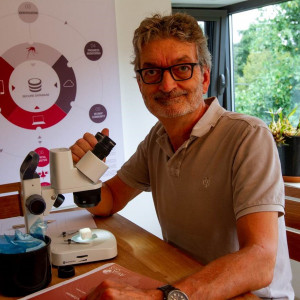 \
&
Contact us
\
&
Contact us
 \
&
Contact us
\
&
Contact us
Published on | 2 years ago
Programmes HPCEurope's second high-end exascale supercomputer has found its home: it will be hosted by the Très Grand Centre de Calcul of the French Alternative Energies and Atomic Energy Commission in Bruyères-le-Châtel (France) and operated by the "Jules Verne" consortium. It will be accessible to European researchers and industry as of 2025.
This supercomputer represents a joint investment shared between France, the Netherlands, and the EU of around €540 million. The EU will contribute 50% of the total costs from the DIGITAL Europe Programme.
Thanks to its massive computing capacity, it will help solve societal challenges in several areas, such as energy (e.g. support fusion energy development), health (e.g. fast analysis of genomic data for virus mutations, rapid disease detection), and management of climate change (e.g. providing high-resolution weather forecast models). It will also advance our capabilities in quantum computing simulation.
For more information please visit the European Commission's press release.
We offer news and event updates, covering all domains and topics of Horizon Europe, Digital Europe & EDF (and occasionally, for ongoing projects, Horizon 2020).
Stay informed about what matters to you.
By signing up, you can opt in for e-mail notifications and get access to
a personalised dashboard that groups all news updates and event announcements in your domain(s).
Only for stakeholders located in Flanders

Avia-GIS is a Belgian innovative SME established in 2001. They have built research and public authority trust over the past 19 years and developed a unique, disruptive software suite - VECMAP® - that supports society to overcome one of its important health threats, the spreading of Pests of Public Health importance.
With the help of a Horizon 2020 SME Instrument Phase 2 project, they will be able to add Integrated Pest Management functionalities and go to the market. With the grant, that was an essential component of their second investment round, Avia-GIS aims at raising its revenue from the current 2 M€ to 14.2 M€ in 2024, and increase the headcount from 15 to 58.